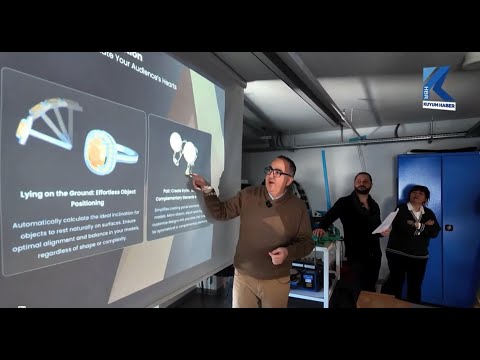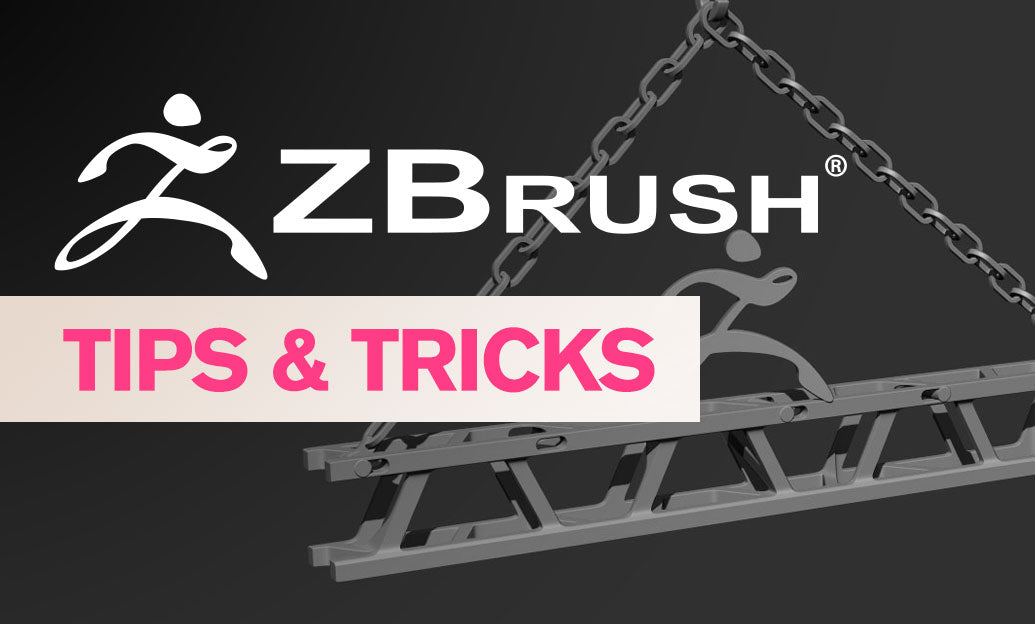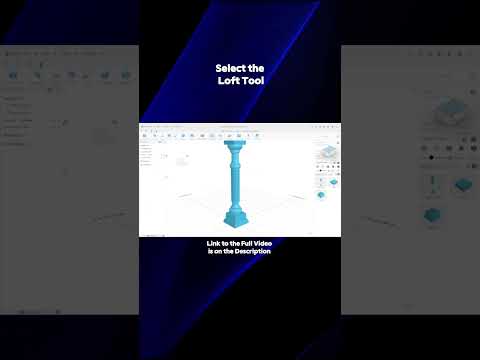Your Cart is Empty
Customer Testimonials
-
"Great customer service. The folks at Novedge were super helpful in navigating a somewhat complicated order including software upgrades and serial numbers in various stages of inactivity. They were friendly and helpful throughout the process.."
Ruben Ruckmark
"Quick & very helpful. We have been using Novedge for years and are very happy with their quick service when we need to make a purchase and excellent support resolving any issues."
Will Woodson
"Scott is the best. He reminds me about subscriptions dates, guides me in the correct direction for updates. He always responds promptly to me. He is literally the reason I continue to work with Novedge and will do so in the future."
Edward Mchugh
"Calvin Lok is “the man”. After my purchase of Sketchup 2021, he called me and provided step-by-step instructions to ease me through difficulties I was having with the setup of my new software."
Mike Borzage
ZBrush Tip: Optimizing ZBrush Sculpting with Morph Target Techniques
January 08, 2025 2 min read

The Morph Target feature in ZBrush is a powerful tool that allows artists to capture and manipulate different states of their models, facilitating a more flexible and non-destructive workflow. By effectively utilizing Morph Targets, you can enhance your sculpting process and achieve more refined results.
-
Setting a Morph Target:
- Before making significant changes to your model, set a Morph Target to save its current state. This serves as a reference point that you can revert to or compare against later.
- Navigate to the Tool palette, then to the Morph Target submenu, and click Set MT.
-
Comparing Different States:
- Use the Morph slider in the Morph Target submenu to smoothly transition between the current model and the Morph Target.
- This comparison helps in evaluating changes and ensuring that modifications enhance the overall design.
-
Non-Destructive Editing:
- Morph Targets enable a non-destructive workflow, allowing you to experiment with different sculpting techniques without permanently altering your base mesh.
- If a particular adjustment doesn't yield the desired effect, you can easily revert to the saved Morph Target.
-
Integration with Other ZBrush Features:
- Combine Morph Targets with layers to manage different modifications efficiently.
- Use Polygroups in conjunction with Morph Targets to isolate and work on specific areas of your model without affecting others.
-
Best Practices for Using Morph Targets:
- Regularly set Morph Targets after completing major sections of your sculpt to create multiple checkpoints throughout your workflow.
- Maintain descriptive names for your Morph Targets if managing multiple states, enhancing clarity and ease of access.
- Leverage Morph Targets during collaborative projects to clearly communicate changes and iterations with team members.
-
Advanced Tips:
- Utilize Morph Targets for shape blending, allowing you to combine features from different Morph Targets to create unique variations.
- Explore the integration of Morph Targets with custom brushes to achieve more dynamic and controlled sculpting effects.
- Learning Resources:
-
Common Challenges and Solutions:
- Challenge: Forgetting to set a Morph Target before making changes.
- Solution: Develop a habit of setting a Morph Target at natural stopping points in your workflow to ensure you have backup states available.
- Challenge: Managing multiple Morph Targets can become overwhelming.
- Solution: Organize Morph Targets with clear naming conventions and categorize them based on different stages or aspects of your project.
-
Enhancing Your Workflow:
- Integrate Morph Targets with version control systems to track changes over time, providing a robust framework for managing complex projects.
- Experiment with blending multiple Morph Targets to discover new design possibilities and push the boundaries of your creativity.
- Regularly review your Morph Targets to streamline your workflow and eliminate unnecessary states, ensuring optimal performance.
By mastering the Morph Target feature in ZBrush, you can significantly improve your sculpting efficiency and adaptability. Incorporate these strategies into your workflow to take full advantage of what ZBrush has to offer, and consider exploring additional resources on NOVEDGE to further enhance your skills.
```You can find all the ZBrush products on the NOVEDGE web site at this page.
Also in Design News

💎 Rhino Artisan Arrives in Turkey: Revolutionizing Jewelry Design
February 27, 2025 1 min read
Read More
ZBrush Tip: Mastering Curve Surface for Unique Textures in ZBrush
February 27, 2025 2 min read
Read MoreSubscribe
Sign up to get the latest on sales, new releases and more …



